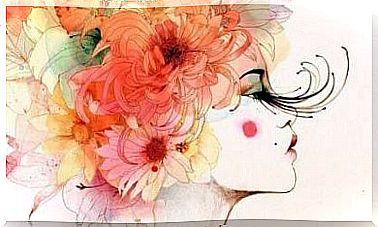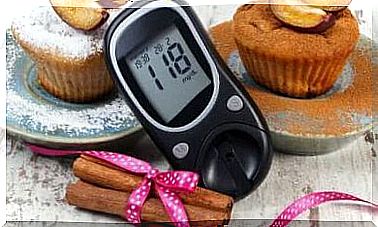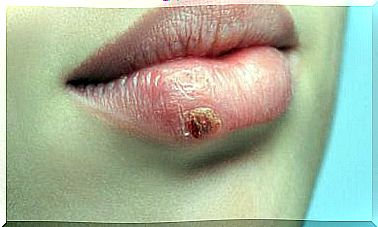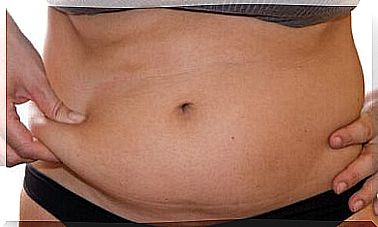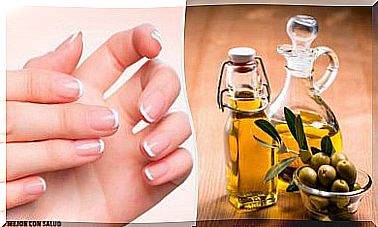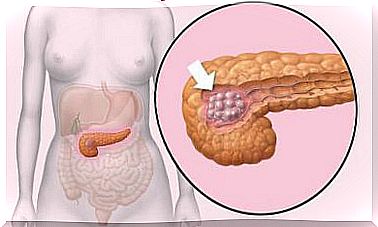How Can You Grow Peppers At Home?
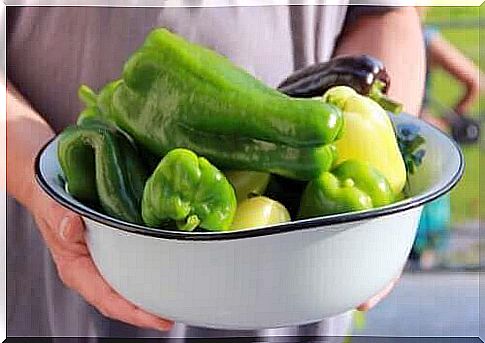
Have you always wanted to grow bell peppers? Growing peppers at home is a way to be in harmony with nature because you can do this without using chemicals when planting. You will have good results as long as you respect some basic principles.
The first thing to keep in mind is the importance of reducing the risk of pests. This will be your main priority. Also remember that peppers need significant amounts of nutrients and heat. Let’s take a closer look at this.
Materials you need to plant peppers at home
Because there is a wide variety of bell pepper seeds that differ in size, pigmentation and flavor, you can buy the kind you like best to flavor and incorporate into your dishes.
Here’s what you need to grow them at home:
- Pepper seeds of your choice.
- Seedbed substrate.
- seedbeds.
- Electric seed germinator (optional).
- A hoe.
How can you grow peppers at home?
Peppers are sensitive to cold and should be planted outdoors well into spring. By waiting until this moment, you reduce the risk that cold winds will eventually ruin your crop.
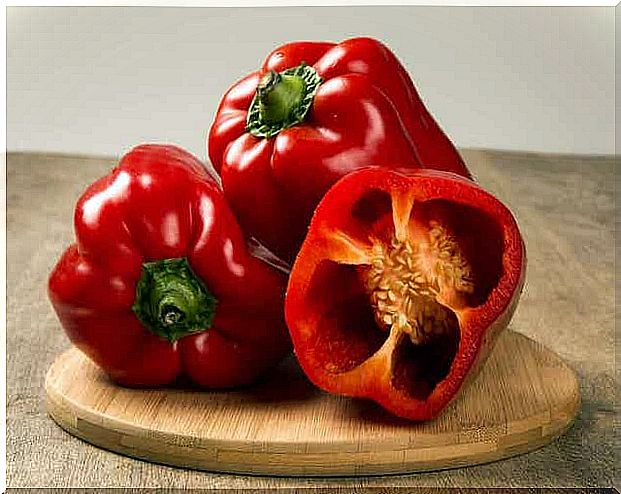
1. Provide a heated seed bed
In places where the temperature is lower than 26.5 degrees Celsius, it is advisable to use a heated seed germinator. You have to place it in your house, near a window where the sun comes through.
This protects the pepper seeds from the cold and mimics the arrival of spring-like conditions. If you live in a warm environment, just use a conventional seedbed.
2. Start planting
Put the substrate or fertilized soil in the seedbed and then sow 3 or 4 seeds per seedbed at a depth of 2-3 millimeters. Water them cleanly until the plant sprouts, then choose only the most robust and largest sprouts. Also, don’t place the seeds too close together. Otherwise, you will encourage the development of weak plants that do not flower.
3. The sun is peppers’ best ally
Between 8 and 20 days after sowing you will see the seeds start to germinate. At this time, sun rays and ventilation are absolutely necessary to get good quality fruits. The pepper plant needs daily light.
4. Repotting
When the first two leaves appear and the stem begins to get stronger, it’s time to consider transplanting it to a good-sized pot or to a patch of soil in your yard, if you have one. Before this step, make sure to enrich the soil with compost.
If you choose a vegetable garden as your plant’s new home, make sure that the pepper’s new soil has a temperature of 17.5 degrees Celsius. Otherwise, the plant may perish.
5. Leave space between your plants
Once your pepper plants are 6 inches (15 cm) or more in height, with 5 or 6 leaves on the stem, make sure they are 16 to 20 inches apart. This way they have enough room to develop. If you are planting them in a pot, it is best to plant one per pot.
6. Water in moderation
Excess water is harmful to many plants and peppers are no exception. This necessary liquid, if too much water is given, eventually causes the root to rot, causing suffocation in compact areas.
So while it’s true that you need to keep your plant moist, it’s also true that you need to provide good drainage to avoid overwatering.
7. Wait and then harvest
Once you’ve followed these steps, all you have to do is wait for your peppers to sprout and be big enough to harvest them by hand.
Conditions and tips for growing peppers at home
If you want to grow your own peppers, keep in mind that this plant needs nutrition, sun and water. Read on to learn more about growing your own peppers.
They need a place that gets a lot of sunlight
At least 6 hours of sunlight per day is ideal. The right temperature for good germination, flowering and subsequent cultivation is between 20 and 26 degrees Celsius.
If the temperature varies significantly at night, you should use a thermal blanket that will help keep the plants warm during the cold hours and help protect the plant from rain and potential predators (if in the garden). When summer arrives, you can put it outside, in pots or in your vegetable garden.
You must meet the nutritional needs of the bell pepper plant
Peppers belong to the Solanceae (nightshade) family, and these plants need nutrients to grow good fruit. Potassium is an element that should not be missing in fertilization. Using comfrey leaves can increase these potassium levels.
In addition, you should keep in mind that the absorption of this mineral is essential for determining the pigmentation and quality of the fruits, so the need for it will gradually increase until they bloom.
In the same way, nitrogen is a very important component during the early stages of the crop. But, unlike potassium, demand decreases after the first fruits are harvested. Keep in mind that if you’re planting peppers in soil previously used to grow peas, it’s a good idea to add the nitrogen you need.
Therefore, phosphorus, sulfur and magnesium should all be part of the fertilizer. Fertilizers in the form of soluble solids and liquids are therefore recommended.
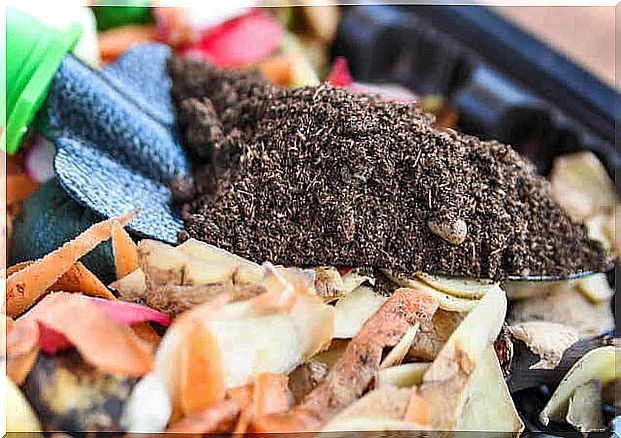
Take into account the pH value of the soil
While this crop can typically withstand acidic conditions up to a pH level of 5.5 and sandy soils with a pH level around 8, it is advisable to measure the pH level of the soil. Keep in mind that the optimal values should be between 6.5 and 7.
Carbonated water is a good option to plant peppers
Make sure the substrate is well-drained and airy. Keep in mind that the soil should feel moist.
Another way to tell if your plant needs water is to look at the leaves. If the leaves look dull and the soil is dry, the plant probably needs water.
Carbonated water can be used as a substitute for nitric acid. In addition, it provides the soil of your crop with the necessary acidification and at the same time promotes the solubility and proper absorption of nutrients.
Grow bell peppers at home without using chemicals
By planting your own peppers, you can get chemical-free fruits. So if you decide to plant in pots, put rocks in the base and then some sand to regulate the humidity. Likewise, before transplanting or moving the pot to the garden, allow it to acclimate and gradually expose it to the outdoor climate.
Using sticks or wooden posts is also a good idea to keep your plant upright. This in turn promotes ventilation and light.
Another thing that can help your plant is pruning. This strengthens stem thickness, optimizes air circulation and improves fruit quality. There are many ways to prune, but essentially you have to remove the parts of the plant that are no longer useful.
You can plant peppers next to garlic and cabbage, as they get along very well. However, you should never plant them near cucumbers. They should also not share space with fennel and kohlrabi.

